Learn the basics of animal tracking at Rogers Tracking 101 workshop
Learn about the track formula, identifying gait, animal scat, and more at Friends of Rogers Environmental Education Center's Tracking 101 workshop from 10 to 11:30 a.m. on Saturday, January 14 at the Rogers Environmental Education Center, located at 2721 State Route 80 in Sherburne. To reserve a spot, call Rogers Center at 607-674-4733 or email ellen@friendsofrogers.org. (Photo by Dustin Genter of 5th Dimension Photography)
SHERBURNE — Friends of Rogers Environmental Education Center will be hosting a Tracking 101 workshop from 10 to 11:30 a.m. on Saturday at the Visitors Center, located at 2721 State Route 80 in Sherburne.
Rogers Center Environmental Educator Ellen Rathbone will teach attendees the fundamentals of animal tracking such as the track formula, gait recognition, scat identification, and more. The workshop is part of Rogers Center’s free programs sponsored by the Otis Thompson Foundation, usually held on the second Saturday of every month.
Tracking 101 is open to attendees ages 10 and up, and pre-registration is required. To reserve a spot, call Rogers Center at 607-674-4733, or email Rathbone at ellen@friendsofrogers.org.
Learning the track formula is integral to animal tracking, said Rathbone, as the formula allows individuals to take bits of separate information from a track and put them together to identify an animal, rather than memorizing what each animal’s track looks like.
“[Track formula] is this weird looking thing that could read something like a lowercase ‘f’ with the number four, an uppercase ‘H’ with the number five, and then a lowercase ‘co’ (f4H5co). And you look at that and you’re like, oh my gosh I have no idea what that means. Well, that’s the track formula for squirrels, and it’s actually the track formula for rodents” Rathbone explained.

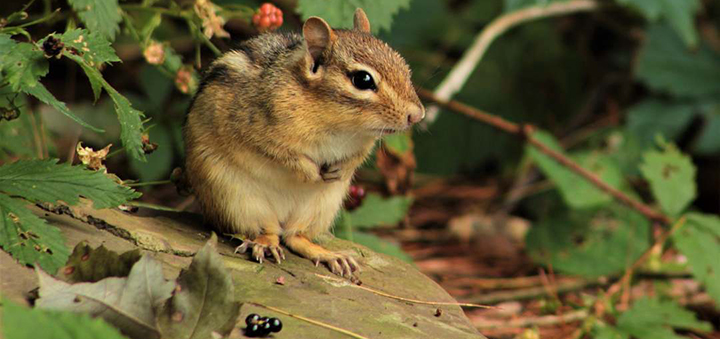


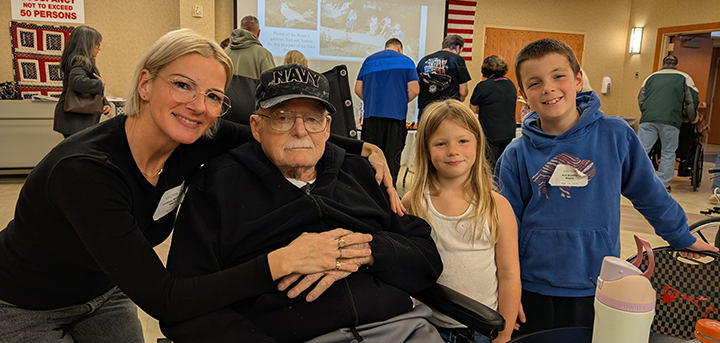
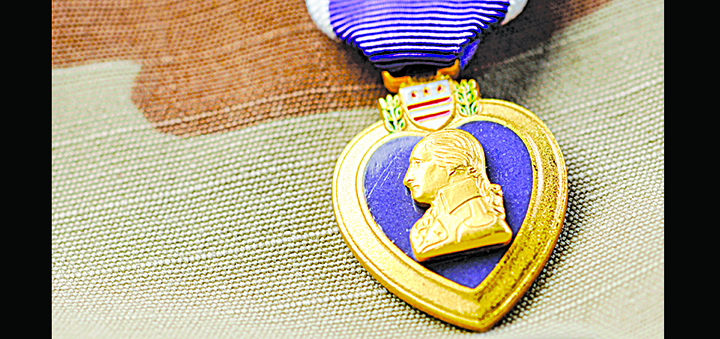
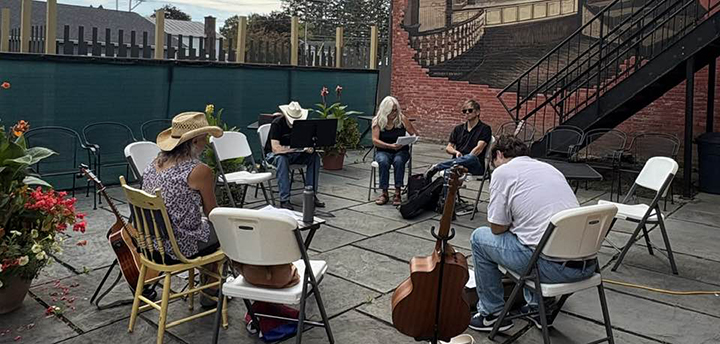
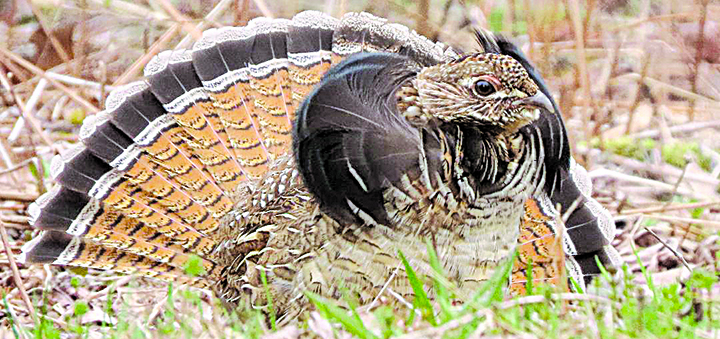

Comments